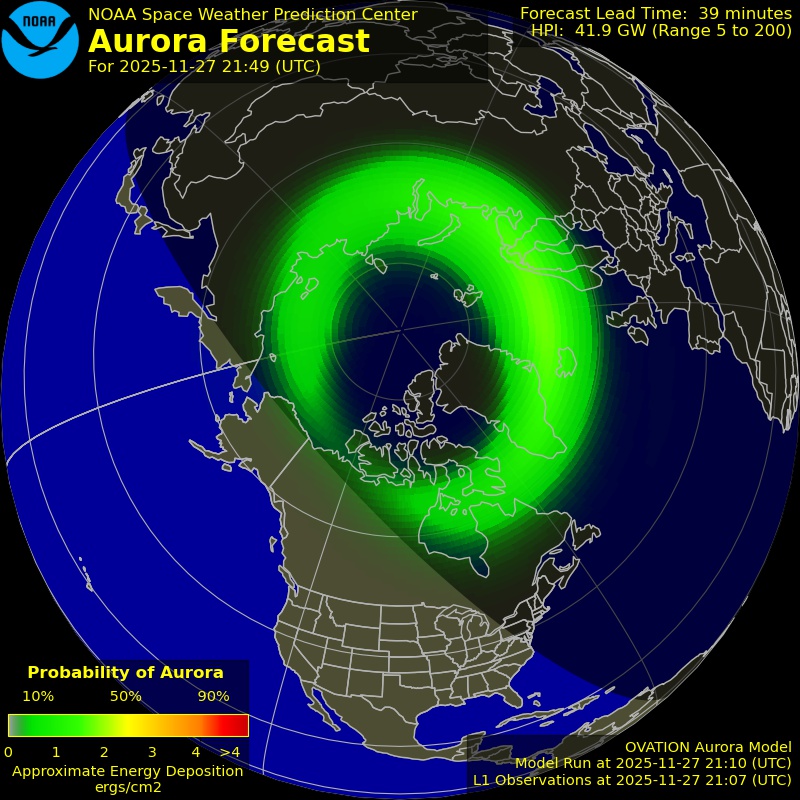GOES measurements have minimal delay
Aurora Dashboard
IMF Chart for Bz/Bt
Aurora Oval
Northern Hemisphere

Northern Hemisphere

GOES measurements have minimal delay
Black Friday Deal: Save 20% on Yearly Aurora Alerts! Ends Soon Click to get Get 20% off
Black Friday Deal: Save 20% on Yearly Aurora Alerts! Ends Soon Click to get Get 20% off